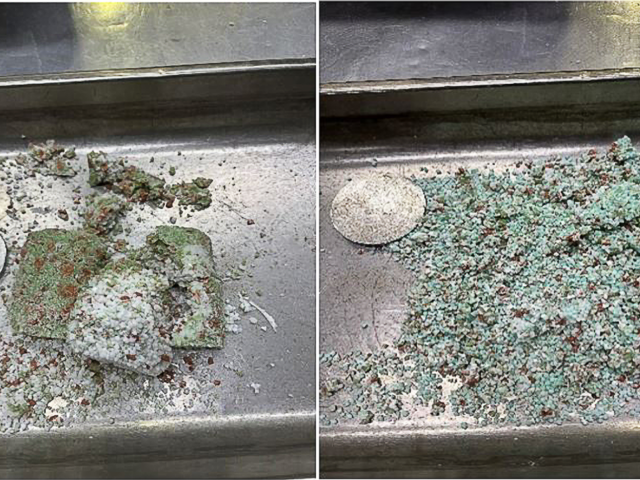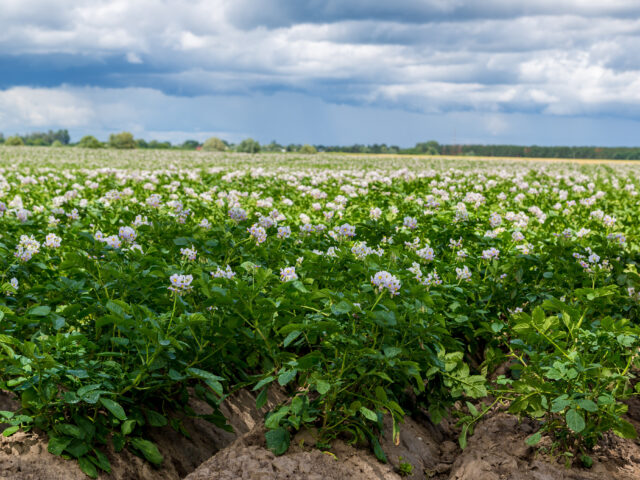
Reduce Clumping in Dry Fertilizer Blends With ESN
Humidity and warm temperatures can cause fertilizer blends to take on moisture over …
Cool-season forage grasses are very responsive to nitrogen (N) fertilizer and top grass yields and persistent stands require adequate N fertilization. Cool-season grasses feed heavily in fall as they store energy reserves and N in the grass roots and crowns for growth the following spring. Proper fall N fertilization can prepare your forage grass for best growth and healthy grass stands the following growing season.
The Missouri tall fescue study results shown below illustrate how ESN applied in October can increase forage grass yields the following growing season. In this study, ESN’s controlled feeding produced greater tall fescue yields. ESN protects fertilizer N from loss by volatilization, leaching, and denitrification.

| Attachment | Size |
|---|---|
| Fall ESN Increases Missouri Tall Fescue Forage Yields | 478.67 kb |

Humidity and warm temperatures can cause fertilizer blends to take on moisture over …

Recent research in Idaho identified the effectiveness of ESN as the nitrogen source …

For an in-depth discussion on the various nitrogen loss mechanisms and how to …